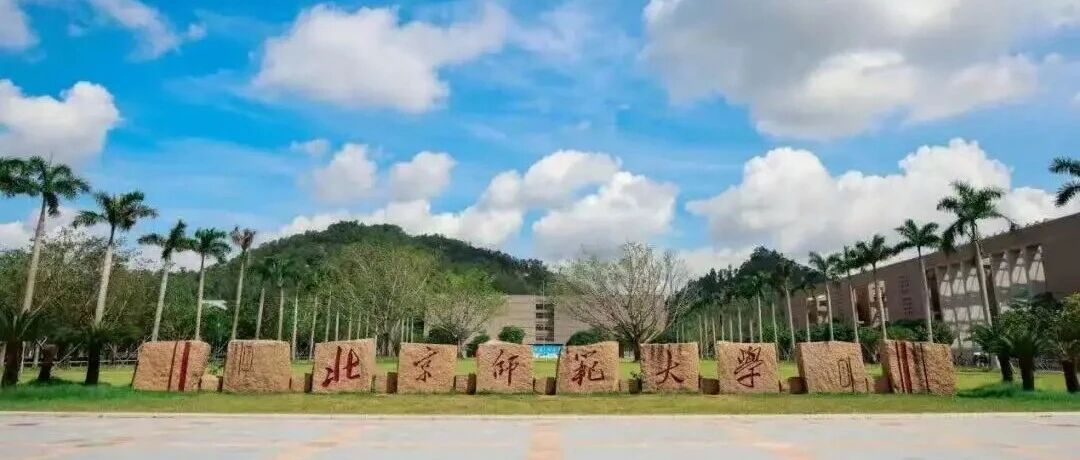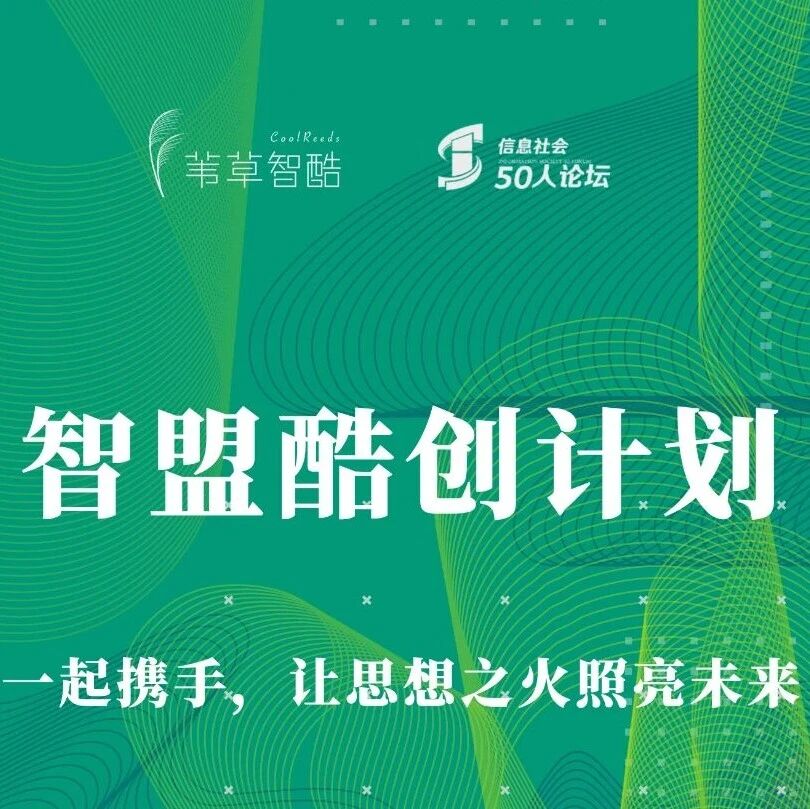圣塔菲前所长、《规模》作者Geoffrey West高端闭门学术研讨,10个参会名额开放申请!
正值著名城市学者、圣塔菲研究所前任所长 Geoffrey West 教授来华之际,集智俱乐部联合清华大学凯风公益基金会与凯风发展研究院,邀请多位学界大咖,于10月26日举办一场高端闭门学术研讨会,探讨城市复杂系统的Scaling Law。会议语言为英文。现开放10位现场席位的报名,报名方式为邮件申请。
Workshop
Workshop
Basic Information
Time: FRI.,Oct.26 10:00 am-12:00 am | 10月26日 周五
Location:Kai Feng Humanities Library, Tsinghua University | 清华大学凯风人文图书馆
Co-Organizers: Swarma Club,Kaifeng Foundation,Kai Feng Institute | 集智俱乐部,凯风基金会,凯风研究院



Urban Dynamics: from scaling laws
and its origin to urban growth, shrink
Cities are typical complex systems. Despite the extreme complexity and diversity, there has been compelling results showing that some simple rules are governing the urban system. Scaling law is one of the most important and fundamental theory for urban science, which predicts what the city would be alike when it grows larger. This workshop is dedicated to discussion on origin of scaling laws and its application on predicting individual city’s growth or shrink dynamics.
Program
Chair: Ruiqi LI
-
10:00-10:03
-
10:03-10:21
-
10:21-10:39
-
10:39-10:57
-
10:57-11:15
-
11:15-11:45
-
11:45-12:00
Welcome
Understanding urban growth: pattern, efficiency, and scaling (Prof. Limin Jiao)
Shrinking cities in China: the other facet of urbanization (Dr. Long Chen, Prof. Ying Long)
Simple spatial scaling rules behind complex cities (Prof. Ruiqi Li)
Urban cell: The minimal spatial unit to support agglomeration and scaling behaviors within cities (Dr. Lei Dong)
Panel Discussion (Geoffery West, Limin Jiao, Long Chen, Jiang Zhang, Ruiqi Li)
Q&A
Applications
The workshop is open to a limited audience (less than 10 persons), if you want to participate the workshop, please send your resume/CV and related publications, and also one (or more) question(s) you’d like to ask Prof. West or other speakers to swarma@swarma.org. We’ll inform you if you’re qualified.
Keynote
Speakers and Introductions
Keynote
Speakers and Introductions
Understanding urban growth
pattern, efficiency, and scaling
Speaker Introduction
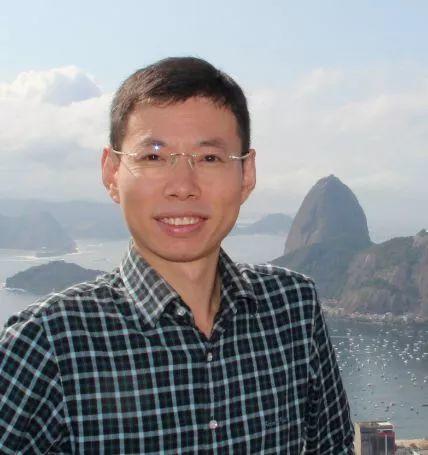
Limin JIAO
Limin JIAO is a professor and vice dean of the department of geography and land resource, Wuhan University. He was awarded as a Luojia Distinguished Professor of the University.
He obtained bachelor degree in land resource management in 1999, and master and PhD in Geographical information engineering in 2002 and 2006, respectively. He has been a visiting scholar in Texas center for Geographic Information Science in 2009 and 2012.
His research interests include geographic data mining, spatial modeling, and their applications in urban growth. He emphasizes the creation of indices, methods and theories to understand the process and consequences of urban growth, particularly those are related to new science of cities.
He is the author of over 70 scientific papers. His research received foundations from National Foundation of Natural Sciences of China and National Key R&D Program of China, and have obtained several awards including National Award for Progress in Science and Technology.
Abstract
The earth has been an urban planet and “Urbanocene” is beginning. Our understanding on the complexity of either individual cities or urban systems is still inadequate. This presentation will report the insights on urban growth from macro view and complex system. By investigating a large set of cities from China and the globe, we found that most of the cities have become more sprawling spatially. Meanwhile, they have lowered their overall densities since they were sprawling outward faster than they are adding people.
We try to reveal the mechanism of being inefficiency in urban growth by investigating the distributions of built-up density and human activity related density. We further show that the paradoxical scaling regimes of built-up area on population in urban systems and individual cities. Finally we discuss the scaling in an evolving system of cities.
Shrinking cities in China
the other facet of urbanization
SpeakerIntroduction
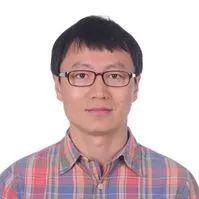
Ying Long (龙瀛)
Ying Long (龙瀛), Ph.D. is now an associate professor in the School of Architecture, Tsinghua University, China. His research focuses on urban planning, quantitative urban studies and applied urban modeling. He has an education background in both environmental engineering and city planning.
Before joining Tsinghua University, he has worked for Beijing Institute of City Planning as a senior planner for eleven years. Familiar with planning practices in China and versed in international literature, Dr. Long’s academic studies creatively integrate international methods and experiences with local planning practices.
He has published almosttwo hundred papers and led over twenty research/planning projects. His funded projects range from international organizations like World Bank, World Health Organization, World Resource Institute and NRDC, and Wellcome Trust, internet companies like Alibaba, Baidu, Jingdong, Tencent, Didi, Mobike and Gudong, local governments like Beijing, Chengdu, Qingdao, Hefei, Zunyi, Rongcheng and Laizhou, tocentral governments like NDRC and MOHURD, and the NSFC. Dr. Long is also the founder of Beijing City Lab (BCL www.beijingcitylab.com), an open research network for quantitative urban studies. More information is available athttp://www.beijingcitylab.com/longy.
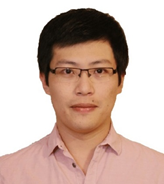
Long Chen 陈龙 | presenter
Long Chen, Ph.D. is now a Postdoc Associate in the School of Architecture, Tsinghua University. Dr. Chen got his doctoral degree at Florida State University, and his research interests include urban sustainability, urban form at finer scale, smart cities and big data in urban science.
Abstract
Many cities across particular areas in Europe and North America have a dwindling population, emerging vacant spaces, and the underuse of existing urban infrastructure. As one of the more prosperous urbanized countries in the world, China has witnessed an unprecedented active stage of urban expansion, which also attracted extensive attention from academics.
Our previous study on mushing Jiedaos (the basic administrative unit of a city proper) indicates that urbanization in China often involves a significant political dimension. Largely rural settlements could be accorded with the city status overnight by administrative power, which further accelerates the urban process.
Meanwhile, some large cities and inshore developed cities in East China have attracted huge numbers of migrants from rural areas and small cities during the last ten years. Vacant villages have been widely reported in the context of China, while we observe a shrinking phenomenon at township and city levels.
For all the townships in mainland China, we estimated their population (residents not Hukou) based on the Population Censuses of China in 2000 and 2010, respectively. We found that 19,882 among all 39,007 townships were losing their population during2000-2010, and the total area was 3.24 million km2, which covered almost about one third territories of China. Those shrinking townships are distributed in both rural and urban areas. Among them are 1,147 urban townships with a total area of 47,420 km2 in 367 cities.
Besides shrinking townships observed, we further identify 180 shrinking cities in China including one provincial capital city Urumqi, 40 prefectural-level cities and 139 county-level cities. In addition, we use a cartogram to reveal population density in 2010 at the prefectural level, based on which shrinking prefectures are mapped.
Simple Spatial
Scaling Rules behind Complex Cities
Speaker Introduction
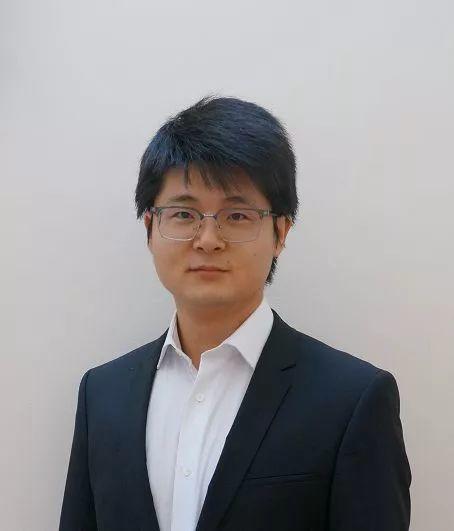
Ruiqi Li 李睿琪
Ruiqi Li, Associate Professor of College of Information Science and Technology, Beijing University of Chemical Technology. He obtained PhD degree from Beijing Normal University, and was a visiting PhD student at MIT and visiting scholar at BU. His main research interests lie in urban modeling and computation, social network analysis and epidemic spreading dynamics.
He has published tens of papers on SCI, EI journals, which includes Nature Communications, Scientific Reports, PLoS One, Physica A, etc. And he has presented his works on Statphys25/26, Conference of Complex Systems (former ECCS), NetSci, NetSciX, etc. He is also reviewers for some SCI journals, including Scientific Reports、PLoS One、Physica A、Journal of Systems Science and Complexity、Journal of Systems Science and Mathematical Science.
Abstract
Although more than 80% of wealth and 90% of innovation have been the result of human interaction and cooperation within cities, we are not yet able to quantitatively predict the spatial distributions of main urban elements: population, roads, and socioeconomic interactions.
The agglomeration of human and the interactions induced after are the very nature of the city, accordingly, by a simple model mainly based on spatial attraction (a combination of both social and natural endowment attraction) and matching growth mechanisms, we reveal that the spatial scaling rules of these three elements are in a consistent framework, which allows us to use any single observation to infer the others. All numerical and theoretical results are consistent with empirical data from ten representative cities.
In addition, our model can also provide a general explanation of the origins of the universal super- and sub-linear aggregate scaling laws, which can provide an analysis framework for house price, energy dissipation, optimal city size, etc.
Based on the concept of active population proposed by us, we can reconcile the debates over the form of population density distribution, and can also accurately predict kilometre-level socioeconomic activity. Besides, the theoretical analysis methods are original which is based on growth and beyond the static mean-field assumptions in the urban study literature.
Our work opens a new avenue for uncovering the evolution of cities in terms of the interplay among urban elements, and it has a broad range of applications.
cUrban cell: The minimal spatial unit
to support agglomeration and
scaling behaviors within cities
Speaker Introduction
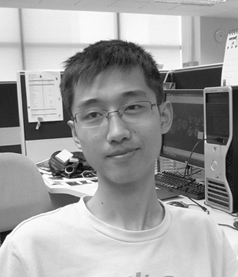
Lei Dong
Lei Dong is currently a post-doc associate at the MIT Senseable City Lab. He received his Ph.D. on mobile phone data and urban studies at Tsinghua University. He worked at Baidu Research from 2015 to 2017 as a data scientist, and developed two data-driven projects (Mobimetrics; Big data and poverty reduction). He co-founded a tech podcast and two data science companies.
Abstract:
Scaling phenomena and agglomeration effect found in the city reflect the important characteristics of urban system. A growing body of research has shown the potential of modeling scaling laws with simple rules or parameters. While the micro-empirical foundations for urban scaling is unclear. Using several fine datasets (population, firms, road, and Point of Interests), I demonstrate that there exists minimal spatial unit (“urban cell”) to support the agglomeration and scaling behaviors within cities.
推荐阅读

集智俱乐部QQ群|877391004 商务合作及投稿转载|swarma@swarma.org 搜索公众号:集智俱乐部
加入“没有围墙的研究所” 让苹果砸得更猛烈些吧!◆◆◆

原文始发于微信公众号( 集智俱乐部 ):集智







